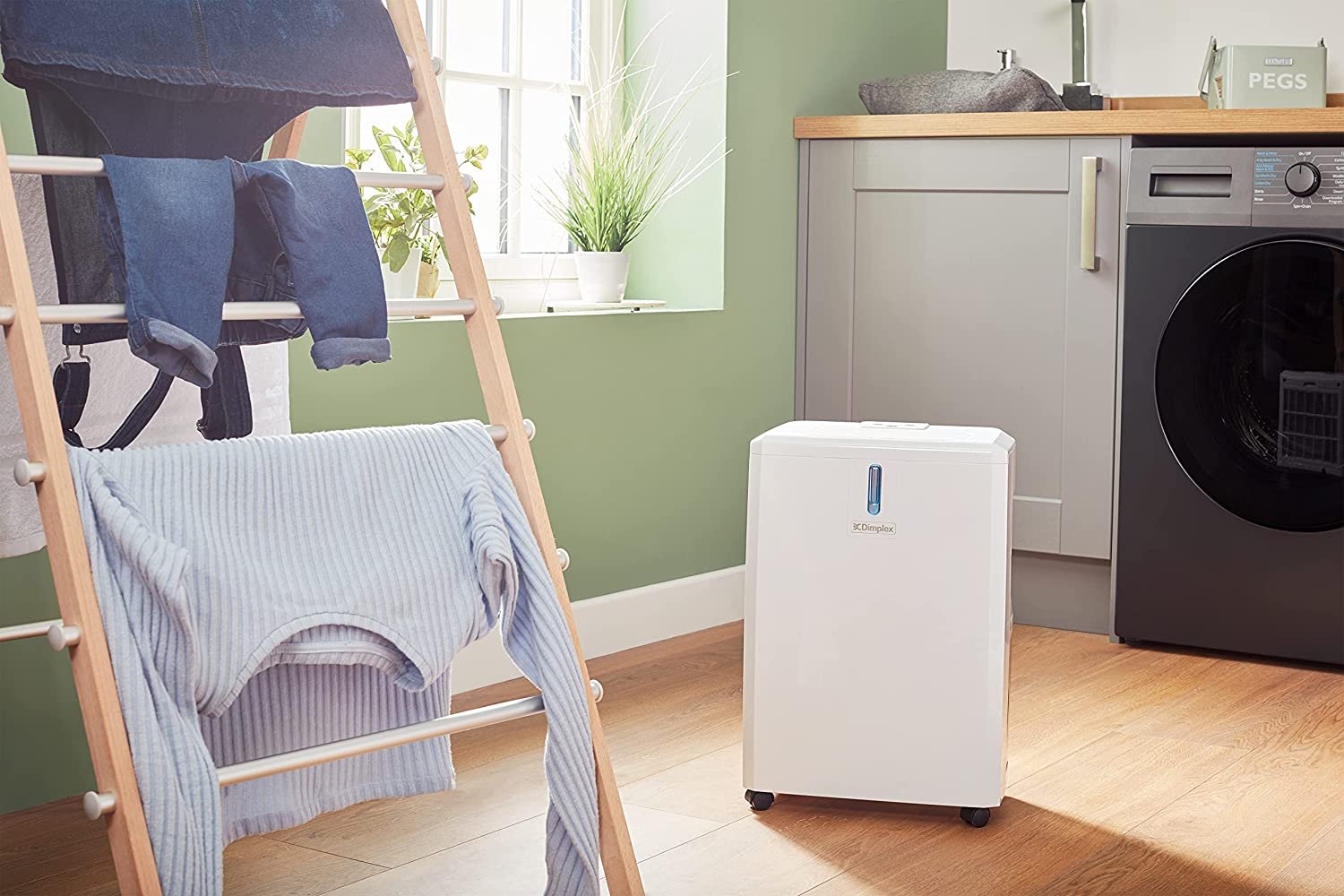

Articles
What Does A Dehumidifier Do
Modified: March 19, 2024
Learn about the benefits of using a dehumidifier in this insightful article. Discover how dehumidifiers can improve air quality and prevent moisture-related issues.
(Many of the links in this article redirect to a specific reviewed product. Your purchase of these products through affiliate links helps to generate commission for Storables.com, at no extra cost. Learn more)
Introduction
Excess humidity can be a common problem in many homes and buildings, leading to a host of issues such as musty odors, mold growth, and even damage to furniture and belongings. Fortunately, there is a solution to combat high levels of humidity – a dehumidifier.
A dehumidifier is a home appliance that helps to reduce the moisture in the air, creating a more comfortable and healthier living space. But what exactly does a dehumidifier do? How does it work? And what are the benefits of using one? In this article, we will explore these questions and more, giving you a comprehensive understanding of the power and versatility of dehumidifiers.
Key Takeaways:
- Dehumidifiers work by extracting moisture from the air using a combination of cooling and heating methods, helping to reduce humidity levels and create a more comfortable living space while preventing issues like mold growth and musty odors.
- Using a dehumidifier offers numerous benefits, including reducing humidity, preventing mold and mildew growth, eliminating musty odors, protecting furniture and belongings, improving indoor air quality, and enhancing energy efficiency.
Read more: What Is The Best Dehumidifier For Basement
How does a dehumidifier work?
A dehumidifier works by extracting moisture from the air in a room or space. It utilizes a combination of cooling and heating methods to regulate humidity levels and create a more comfortable environment. The process typically involves several essential components:
- Evaporator: This component is responsible for pulling air into the dehumidifier. As the air enters, it passes through a set of cooling coils.
- Condenser: As the air cools, the moisture in the air begins to condense into droplets on the cooling coils.
- Collection tank: The condensed water droplets then drip into a collection tank or tray, which can be easily emptied when full.
- Compressor: The compressor in a dehumidifier is what helps regulate the temperature of the cooling coils. It compresses the air, causing it to warm up before being released back into the room.
- Humidistat: Many dehumidifiers are equipped with a humidistat, which allows you to set and maintain a specific humidity level in the room. Once the desired humidity level is reached, the dehumidifier will automatically turn off until the humidity rises again.
As the dehumidifier continues to run, it cycles air through this process, extracting moisture from the air and reducing the overall humidity levels in the room.
It’s important to note that the efficiency of a dehumidifier can vary depending on factors such as the size of the room, the humidity level, and the temperature. Some dehumidifiers may also include additional features such as air filters or automatic drainage systems for added convenience.
Benefits of using a dehumidifier
Using a dehumidifier offers a range of benefits that can greatly improve the comfort and overall quality of your living environment. Here are some of the key advantages of using a dehumidifier:
- Reduces humidity: The primary benefit of a dehumidifier is its ability to reduce excessive humidity levels in a room or space. By removing excess moisture from the air, it helps create a more comfortable and healthier living environment.
- Prevents mold and mildew growth: High humidity levels can promote the growth of mold and mildew in damp areas. A dehumidifier helps to prevent this by keeping the humidity levels in check, reducing the risk of mold spores spreading and causing damage to your property and health issues.
- Eliminates musty odors: Excessive moisture in the air can lead to unpleasant musty odors. A dehumidifier helps to combat this by extracting the moisture that causes the odors, leaving you with a fresher and more pleasant-smelling space.
- Protects furniture and belongings: High humidity levels can have a detrimental effect on furniture, electronics, and other belongings. These can include warping, rusting, and deterioration. With a dehumidifier, you can help safeguard your valuables and extend their lifespan.
- Improves indoor air quality: Dust mites, allergens, and other airborne contaminants thrive in a humid environment. By reducing humidity levels, a dehumidifier helps to decrease the presence of these irritants in the air, improving indoor air quality and potentially reducing allergy symptoms.
- Enhances energy efficiency: High humidity can make the air feel more oppressive and uncomfortable, leading to increased reliance on air conditioning systems. By running a dehumidifier, you can reduce the humidity levels without relying on your air conditioner as heavily, potentially saving on energy costs.
Overall, using a dehumidifier can provide numerous benefits for your home or space. From maintaining a comfortable environment to protecting your health and belongings, investing in a dehumidifier is a wise decision.
Common uses of dehumidifiers
Dehumidifiers are versatile appliances that can be used in various settings to improve comfort and maintain healthy humidity levels. Here are some of the common uses of dehumidifiers:
- Residential homes: Dehumidifiers are widely used in residential homes to combat the effects of high humidity. They can be particularly beneficial in basements, laundry rooms, bathrooms, and any other areas prone to excess moisture and dampness.
- Apartments and condos: Renters who live in apartments or condos can also benefit from using dehumidifiers. These compact units can be easily moved from room to room, allowing tenants to control the humidity in their living spaces.
- Offices and workplaces: Office buildings and workplaces may experience high humidity levels, especially in areas with a large number of occupants or inadequate ventilation. Dehumidifiers can help create a more comfortable and productive environment for employees.
- Basements and crawl spaces: Basements and crawl spaces are often subject to moisture problems due to their location below ground level. Installing a dehumidifier in these areas can help prevent mold growth, musty odors, and potential damage to stored items.
- Gyms and fitness centers: Exercise facilities can generate a significant amount of moisture through sweat and steam from showers. A dehumidifier can help control humidity levels and prevent the growth of mold and mildew in these spaces.
- Indoor swimming pools: Indoor swimming pools and enclosed aquatic areas can have high humidity levels that can lead to condensation on walls and surfaces. Installing a dehumidifier can help maintain proper humidity and prevent damage to the building structure.
- Storage areas: Dehumidifiers can also be used to protect valuable items stored in areas such as attics, garages, and storage units. By controlling moisture levels, they can help prevent rust, mold, and mustiness in items like clothing, documents, and electronics.
These are just a few examples of the many applications for dehumidifiers. Whether in residential, commercial, or recreational settings, a dehumidifier can be a reliable solution to maintain optimal humidity levels and promote a healthier and more comfortable environment.
A dehumidifier helps to reduce the moisture in the air, which can prevent mold and mildew growth, improve air quality, and make your home more comfortable. Make sure to properly size the dehumidifier for the space you want to use it in.
Factors to consider when buying a dehumidifier
When it comes to purchasing a dehumidifier, there are several important factors to consider to ensure you choose the right one for your needs. Understanding these factors will help you make an informed decision and find a dehumidifier that suits your specific requirements. Here are some key factors to consider:
- Room size: Consider the size of the room or space where you plan to use the dehumidifier. Different models have different capacities, so it’s essential to choose one that can effectively cover the square footage of your room. Look for the recommended room size indicated on the dehumidifier’s specifications.
- Dehumidification capacity: The dehumidification capacity refers to the amount of moisture a dehumidifier can remove from the air within a 24-hour period. This is typically measured in pints or liters. Assess the humidity levels in your space and choose a dehumidifier with a sufficient capacity to handle the moisture effectively.
- Noise level: Consider the noise level of the dehumidifier, especially if you plan to use it in a bedroom, living room, or other occupied areas. Look for models that offer quiet operation or have a low noise level rating.
- Energy efficiency: Look for dehumidifiers that are energy-efficient, as they will consume less electricity and potentially save you money on your energy bills. Look for dehumidifiers with an Energy Star certification, as these models meet strict energy efficiency standards.
- Water removal options: Consider the various water removal options available in a dehumidifier. Some dehumidifiers have a built-in water collection tank that requires manual emptying, while others offer continuous drainage options. Choose a method that is convenient for you.
- Additional features: Consider any additional features that may be important to you. These can include programmable timers, automatic humidistats, digital displays, air filters, and built-in hygrometers. Determine which features are essential for your needs.
- Brand and warranty: Research and choose a reputable brand that offers a warranty for their dehumidifiers. This will provide you with peace of mind knowing that you are purchasing a reliable product backed by the manufacturer.
By considering these factors, you can narrow down your options and find a dehumidifier that meets your specific requirements in terms of room size, capacity, noise level, efficiency, water removal options, additional features, and brand reliability. Take your time to compare different models and read customer reviews to make an informed decision that will serve you well in maintaining a comfortable and humidity-free environment.
Read more: Why Does Dehumidifier Freeze Up
Maintaining and cleaning your dehumidifier
To ensure that your dehumidifier continues to operate effectively and efficiently, regular maintenance and cleaning are essential. Here are some important steps to maintain and clean your dehumidifier:
- Refer to the manufacturer’s instructions: Read the user manual provided by the manufacturer for specific maintenance guidelines and instructions for your dehumidifier model.
- Regularly clean the filters: Most dehumidifiers have filters that help remove dust, particles, and allergens from the air. Clean or replace the filters as recommended by the manufacturer. This will help maintain optimal airflow and improve the efficiency of the dehumidifier.
- Empty the water collection tank: If your dehumidifier has a water collection tank, regularly check and empty it to prevent overflowing. Follow the instructions on how to safely remove and empty the tank, and clean it with mild soap and water if necessary.
- Clean the coils: Over time, the evaporator and condenser coils in the dehumidifier may accumulate dust and debris, affecting its performance. Gently clean the coils using a soft brush or cloth to remove any dirt buildup. Take care not to bend or damage the coils during cleaning.
- Check the drain hose: If your dehumidifier has a continuous drainage option, ensure that the drain hose is free from blockages. Clean the hose regularly to prevent clogs and ensure proper drainage of collected water.
- Inspect the exterior: Wipe down the exterior of the dehumidifier with a damp cloth to remove any dust or dirt. Pay attention to vents and grilles to ensure proper airflow.
- Monitor humidity levels: Regularly monitor the humidity levels in your space using a hygrometer or the built-in humidistat of the dehumidifier. Adjust the settings as needed to maintain the desired humidity level.
- Store properly: If you plan to store the dehumidifier when not in use, ensure that it is cleaned and completely dry. Store it in a clean, dry area to prevent the growth of mold or mildew.
By following these maintenance and cleaning tips, you can keep your dehumidifier in top condition, prolong its lifespan, and ensure it continues to effectively remove excess humidity from your space.
Troubleshooting common dehumidifier issues
While dehumidifiers are generally reliable appliances, occasional issues may arise. Here are some common dehumidifier issues and troubleshooting steps to help resolve them:
- Dehumidifier not turning on: Ensure that the dehumidifier is plugged into a functioning power outlet and that the power switch is turned on. Check for any tripped circuit breakers or blown fuses in your electrical panel.
- Inadequate water removal: If your dehumidifier is not effectively removing moisture from the air, check that the room temperature is within the optimal operating range specified by the manufacturer. Additionally, ensure that the air intake and exhaust vents are not obstructed by dust or debris, as this can restrict airflow and hamper performance. Clean the filters if they appear dirty or clogged.
- Excessive noise or vibration: If your dehumidifier is making excessive noise or vibrating, check that it is placed on a level surface. Vibrations can be amplified if the unit is not sitting securely. Additionally, inspect the fan and the compressor to ensure they are not damaged or obstructed. If the noise persists, contact the manufacturer for further assistance.
- Ice buildup on coils: If ice is forming on the coils of your dehumidifier, it may be a sign of low room temperatures or a faulty defrosting mechanism. Ensure that the room temperature is above the minimum operating temperature specified by the manufacturer. If the problem persists, consult the user manual or contact the manufacturer for troubleshooting guidance.
- Continuous water drainage issues: If you are experiencing issues with the continuous drainage function, check that the drain hose is properly connected and free from obstructions. Ensure that the hose is positioned in a downward slope to facilitate proper drainage. If necessary, clean the hose to remove any blockages.
- Frequent cycling on and off: If your dehumidifier is cycling on and off frequently, it may be due to ambient temperature fluctuations or incorrect humidity level settings. Adjust the humidistat or settings to achieve the desired humidity level. If the cycling continues, it may indicate a more significant issue, and contacting the manufacturer for assistance is recommended.
If you encounter a problem with your dehumidifier that is not listed here or if the suggested troubleshooting steps do not resolve the issue, it is best to consult the user manual or reach out to the manufacturer’s customer support for further assistance. They will have the expertise to diagnose and guide you in resolving the specific issue.
Conclusion
A dehumidifier is a valuable appliance that can greatly improve the comfort and overall quality of your living environment. By effectively reducing excess humidity levels, it helps prevent issues such as mold growth, musty odors, and damage to furniture and belongings. Understanding how a dehumidifier works and its benefits can help you make an informed decision when considering purchasing one.
When buying a dehumidifier, factors such as room size, dehumidification capacity, noise level, energy efficiency, water removal options, additional features, brand reputation, and warranty should be taken into account. These considerations will ensure that you select the right dehumidifier for your specific needs and maintain a comfortable living space.
Proper maintenance and cleaning of your dehumidifier are essential to keep it functioning optimally. Regularly cleaning the filters, emptying the water collection tank, and inspecting the coils will help prolong the lifespan of your dehumidifier and maintain its efficiency. Monitoring humidity levels and storing the dehumidifier properly when not in use are also important steps in ensuring its longevity.
In the event of common issues with your dehumidifier, troubleshooting steps such as checking power connections, ensuring proper airflow, cleaning filters, and addressing temperature-related problems will often help resolve the problem. However, it is recommended to consult the manufacturer’s instructions or reach out to the manufacturer’s customer support for more specific troubleshooting guidance if the issue persists.
With the knowledge and understanding gained from this article, you can harness the power of a dehumidifier to create a healthier, more comfortable living environment. Say goodbye to excessive humidity and its associated problems, and enjoy the benefits of a well-regulated indoor climate.
Frequently Asked Questions about What Does A Dehumidifier Do
Was this page helpful?
At Storables.com, we guarantee accurate and reliable information. Our content, validated by Expert Board Contributors, is crafted following stringent Editorial Policies. We're committed to providing you with well-researched, expert-backed insights for all your informational needs.
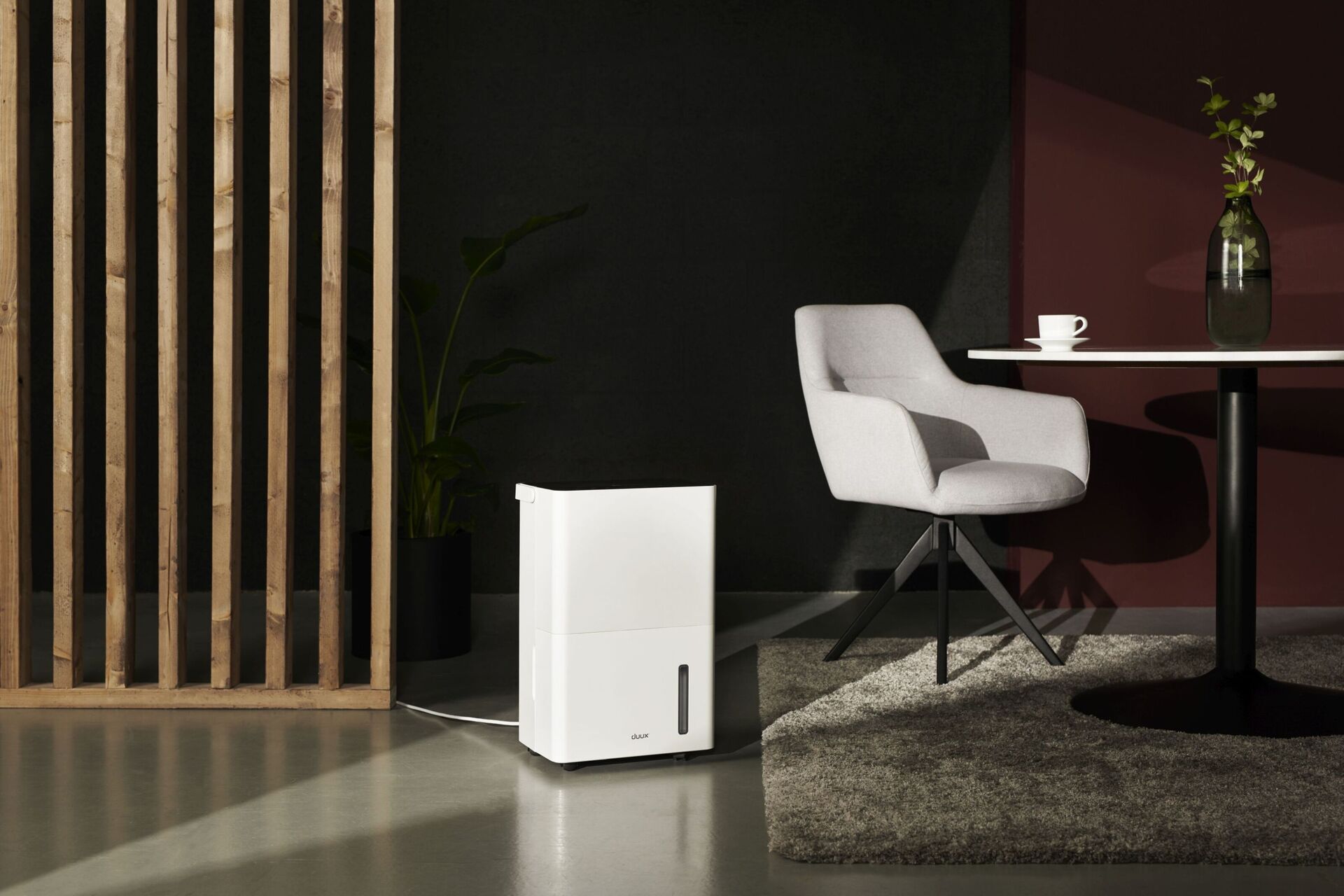
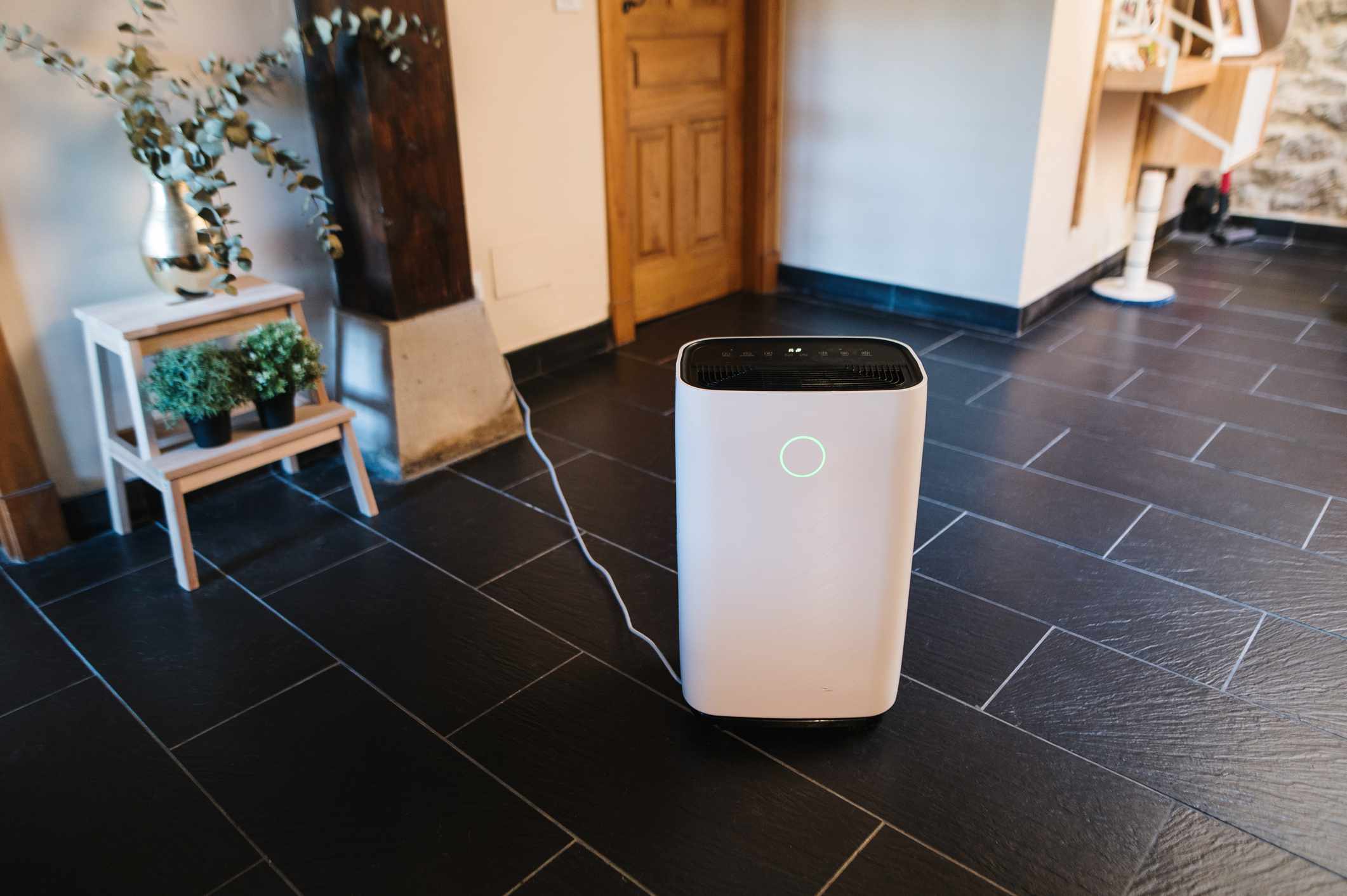


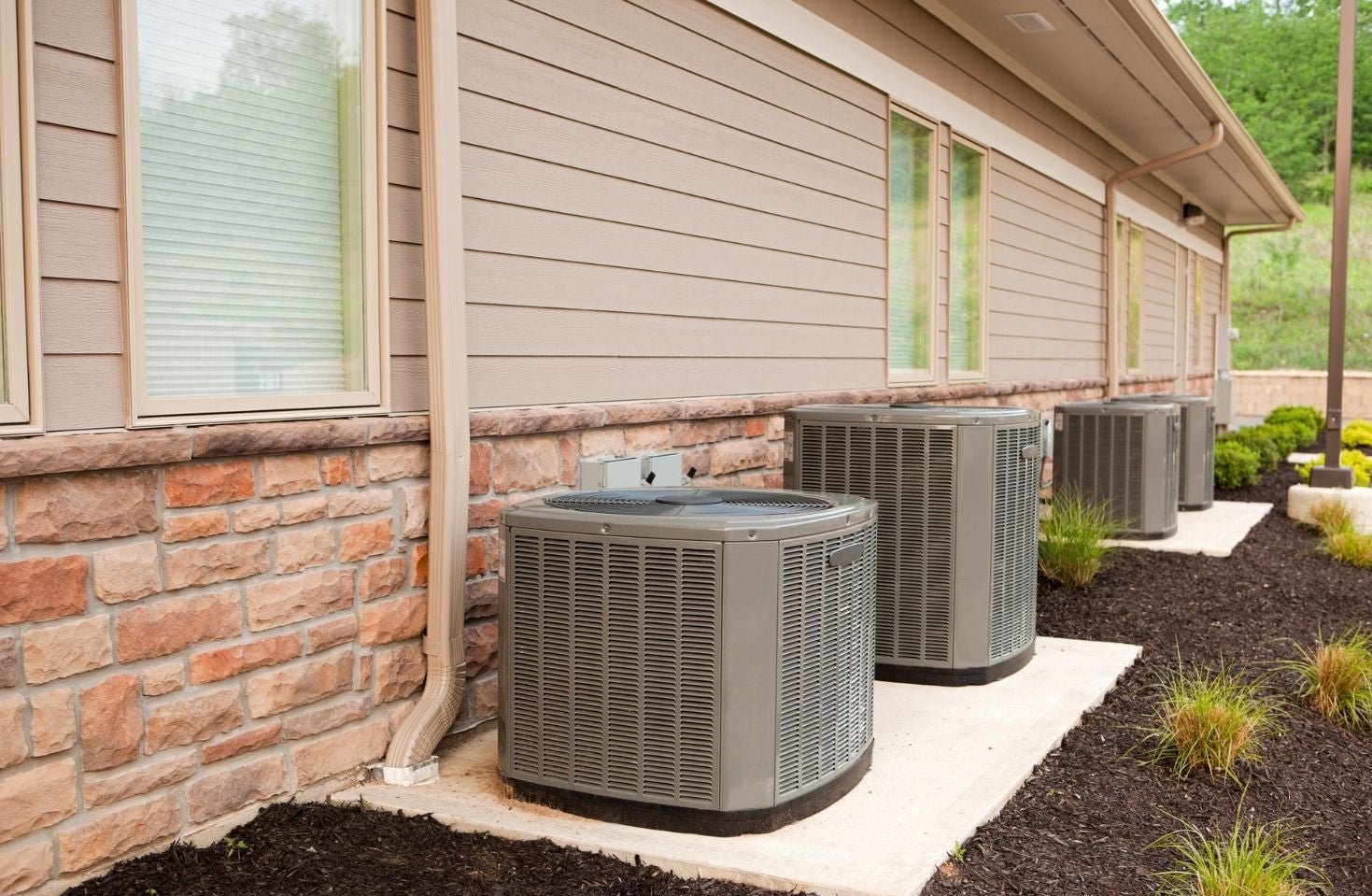
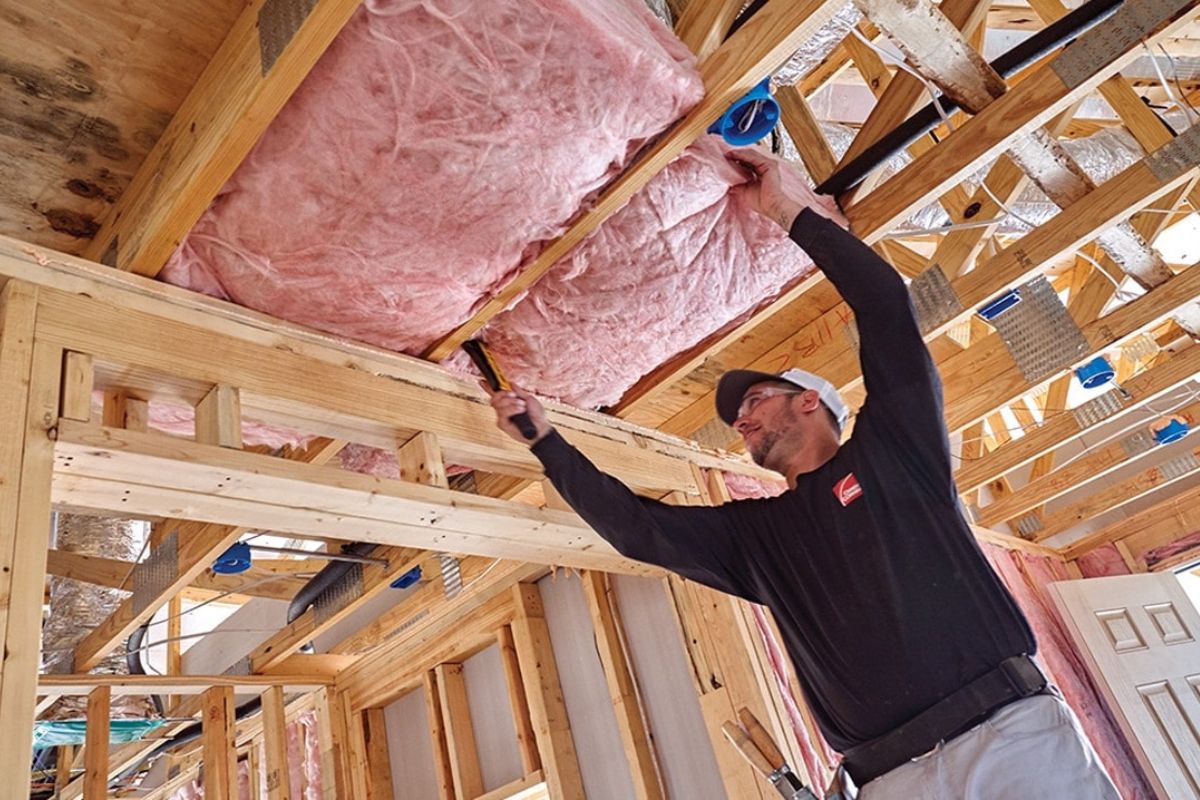
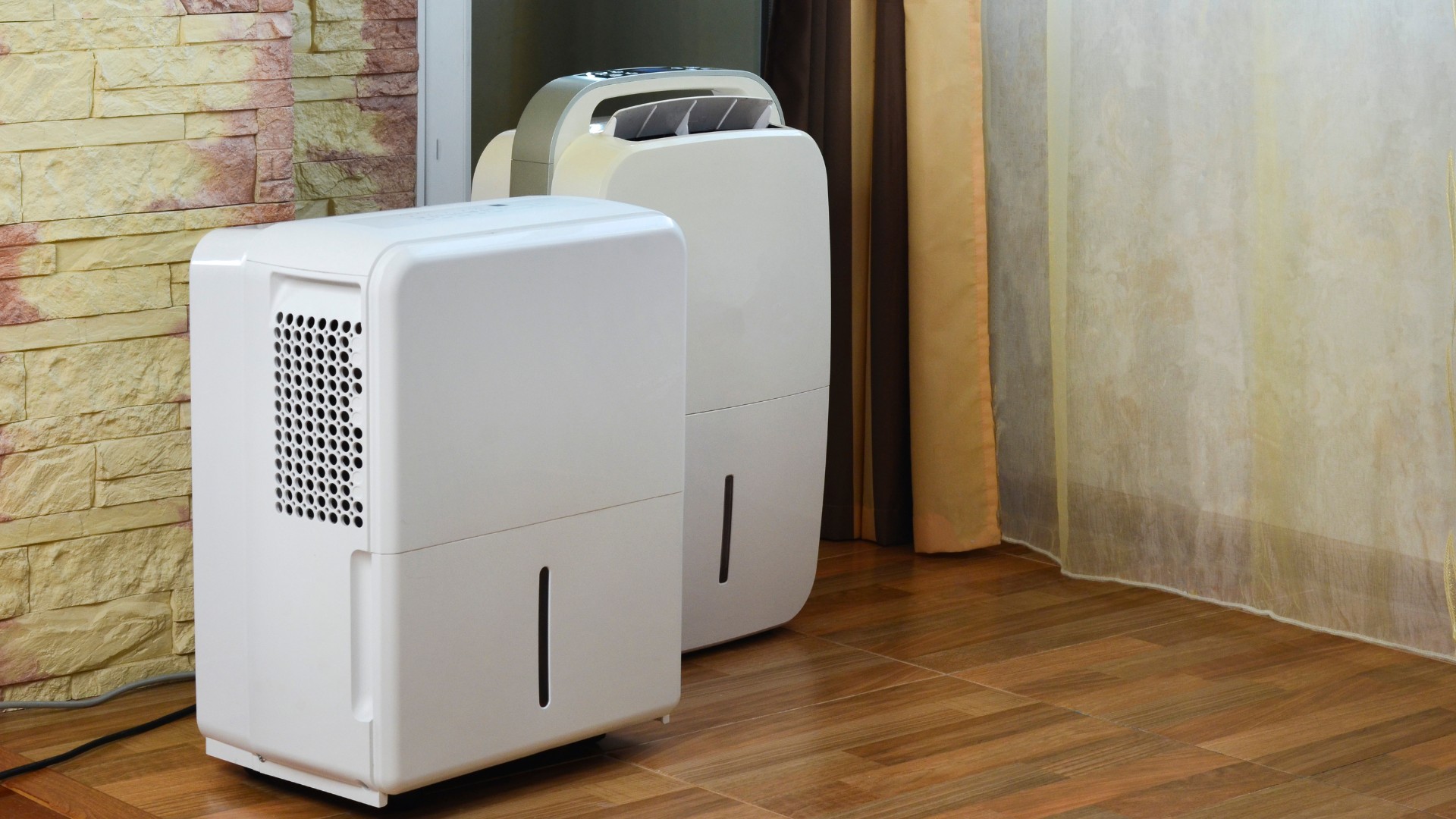
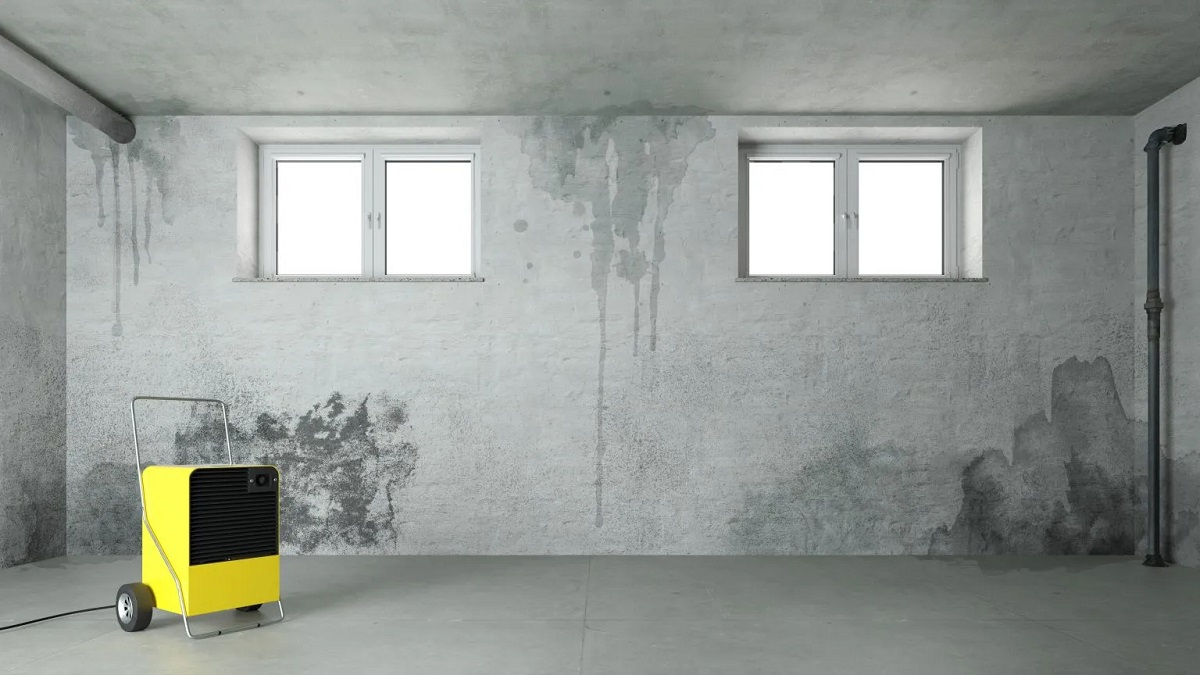



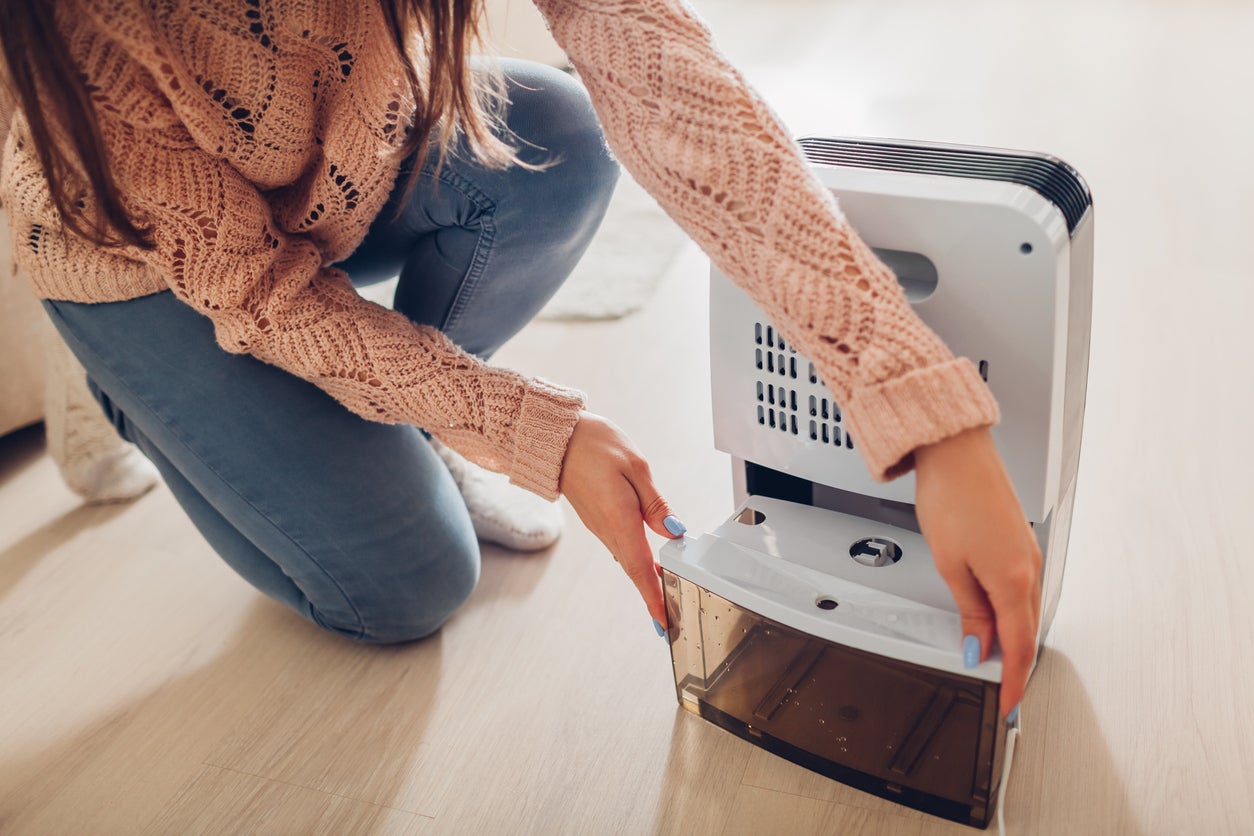
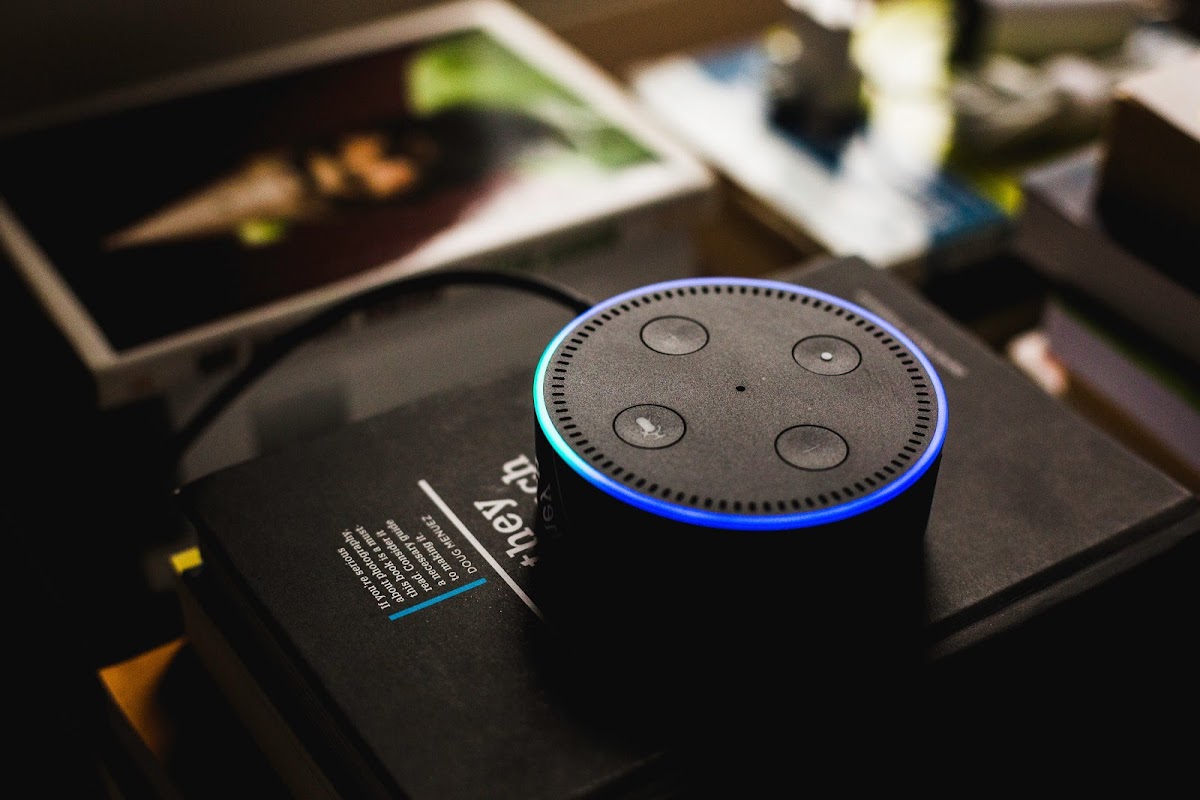
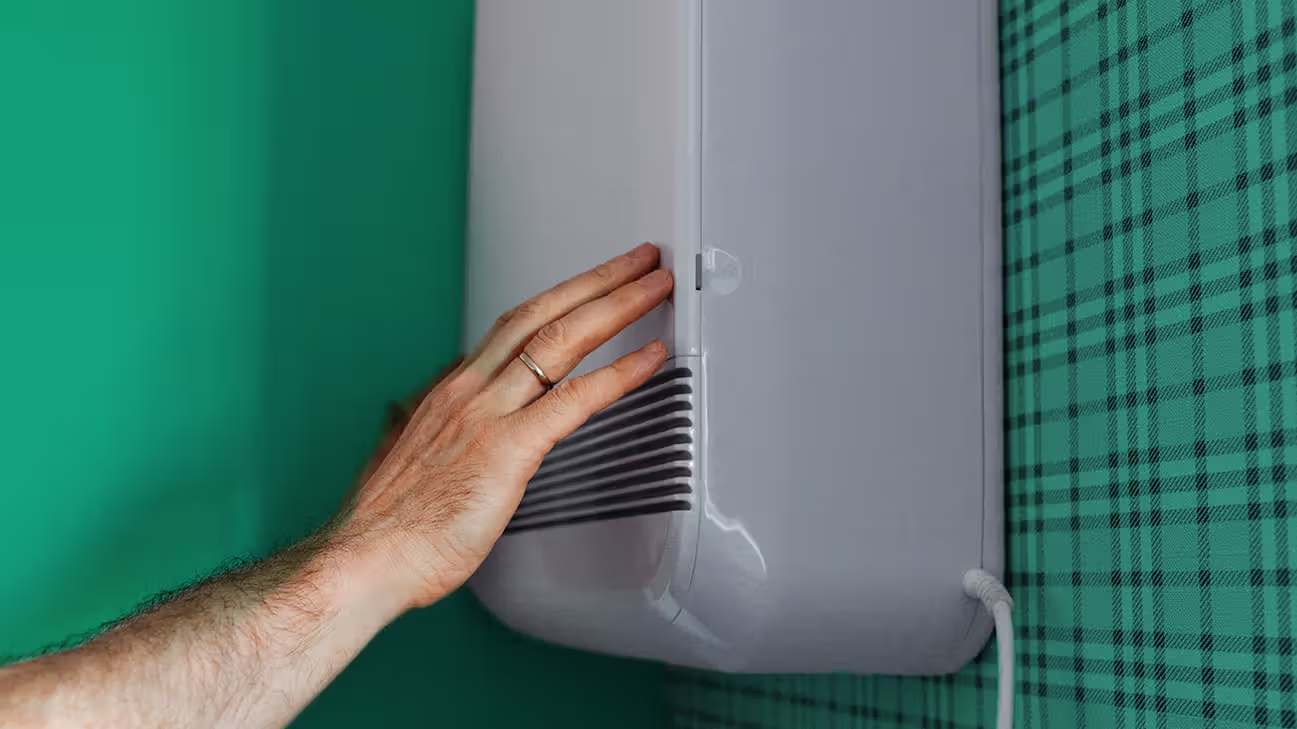

0 thoughts on “What Does A Dehumidifier Do”